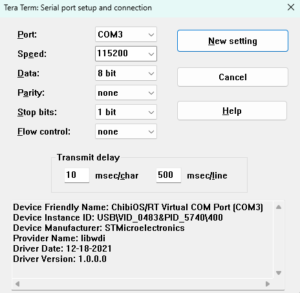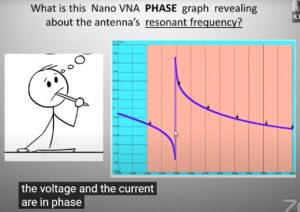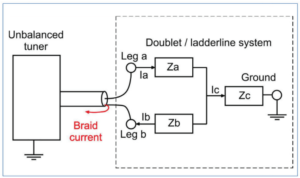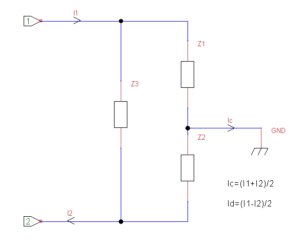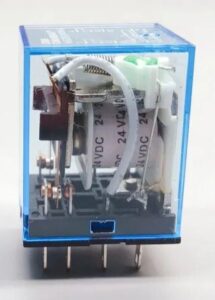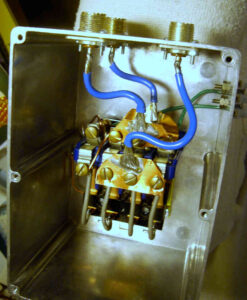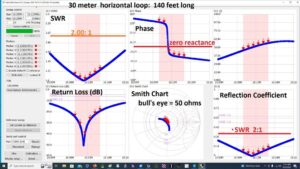A common task is an overall assessment of an antenna system, this article looks at NanoVNA display configuration that will often suit stand alone:
- measurement at any point on the feed line; and
- measurement with the reference plane, either by direct connection, fixture calibration or approximate calibration using e-delay.
Caution
When measuring an antenna system with the NanoVNA:
- drain any static charge at the coax connector before offering the connector up to the NanoVNA; and
- do not leave the instrument attached any longer than necessary to make the measurements.
Case 1: measurement at any point on the feed line
Since the phase relationship of the reflected wave at the point of observation relative to that at the feed point is unknown the only meaningful statistics are those based on the magnitude of s11 (|s11|), |s11|, ReturnLoss, and VSWR.
My NanovVNA does not offer a ReturnLoss plot natively, you could use |s11|dB remembering to multiply all values by -1 (ie ReturnLossdB=-|s11|dB.
Otherwise, the VSWR plot is most useful.
A Smith chart plot of s11 is sort of useful, but there is an unknown rotation from the feed point.
Since they are of no real value, you could disable traces 1, 2 and 3 to make the display less cluttered.
Case 2: measurement with the reference plane at the feed point, either by direct connection, fixture calibration or approximate calibration using e-delay
In this case, the phase of s11 is meaningful which means:
- the Smith chart plot is properly presented wrt the chosen reference plane; and
- R and X components of impedance can be properly calculated and presented.
An example
Let’s look at an example antenna sweep where the NanoVNA measurements are wrt the feed point (e-delay has been used as an approximate correction for a short feed line tail). The examples are from NanoVNA.H.v1.2.20 firmware.
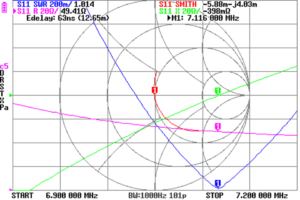
Above is a screen capture, the colours are inverted for printing. Continue reading NanoVNA setup for common antenna system measurement tasks
Last update: 21st January, 2024, 1:07 PM
